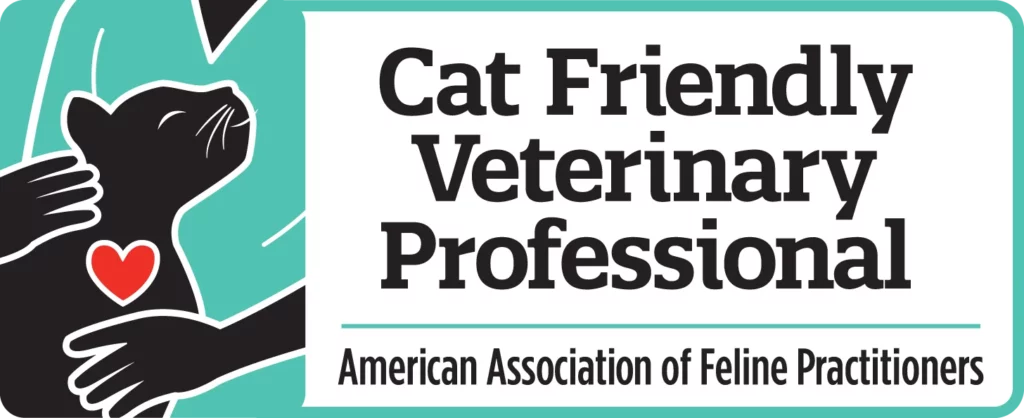Cats are territorial creatures, but cat territorial behavior can be hard to pick out if you don’t know what to look for. Plus, it’s easy to anthropomorphize your cat’s behavior and think of it in human terms when cats think differently than we do. That isn’t always bad, but when you think of your cat as being a jerk when really they are just feeling like their territory is threatened, you are damaging your relationship with your cat. You also may miss important information that may help you address the underlying problem.
So what does cat territorial behavior look like and how can you address it? Read on to learn some of the signs your cat feels their territory is threatened and figure out the best ways to solve the problem.
What Causes Territorial Behavior In Cats?
In nature, cats may live in groups centered around females that are related to each other, but often are solitary. Males may move between groups to mate with whichever group has receptive females, but otherwise tend to prefer a solo existence. Cats get extremely upset when cats from other groups come into their space as most of cat territory is centered around the availability of food. For male cats, sexy lady cats are also an important resource, but ultimately where they are located comes back to food.
In nature, cats will guard their territory. If an invading cat or group of cats tries to join, it can take a long time for them to be accepted and they will only be accepted if there is enough food to go around. If they aren’t accepted, they can just leave and find different territory. If there is a conflict among cats in a social group, they can choose to spread out or leave if needed.

In a home environment, cats don’t have the choice to just leave. They’re stuck inside with whatever resources their humans provide for them along with any other cats that the humans choose to let into their home. This can create a lot of tension between the cats because if they feel there isn’t enough cat stuff to go around, they are stuck in that space. Their only choice really is to try to defend the territory and resources that they have available to them.
What resources are important to cats?
In case you’re reading this and thinking, “Joey, what are the most important resources to a cat? Food? Water? Gold?” you’ve got two of the three correct, though I’m sure if cats knew how much Churu an ounce of gold would buy them they’d be way more interested in it. Cat territorial behavior isn’t just about food and water. Other important resources to cats include:
- Litter boxes (make sure you put them in the right location!)
- Vertical space where they can climb
- Places to scratch
- Places to hide
- Access to toys, play, and entertainment
I hope most indoor cats are spayed and neutered as not doing so can create all sorts of behavior concerns. If you cat isn’t, access to mates (or perceived access to mates) is another resource to consider.
What Are Common Cat Territorial Behaviors?
I hope you’re currently looking around your own home trying to identify all the resources available to your cats. Cat territorial behavior can often be identified by noticing where it happens. Do you notice a particular behavior like hissing occurring near a litter box or on a cat tower? That’s territorial behavior potentially. Let’s look at a few common signs that your cat is acting territorial.
Guarding
The most obvious cat territorial behavior is guarding. One cat may spend a lot of time around a particular location or resource. That said, it may be a bit more subtle. Have you ever seen your cat flop over on their side in the middle of a hallway? What about near stairs or by a doorway? While they could be resting, they may also be guarding whatever’s on the other side. This may be especially true if an important resource like the litter boxes are all in one location.
While a cat parked in a door or hallway may be a bit more subtle for of guarding, a cat plopping right in front of a resource is a bit more obvious. If your cat is sitting near the litter box, it may be a way of trying to prevent other cats from taking an important piece of territory.
Spraying
Spraying, or territorial marking using urine, is a well known territorial behavior in cats. However, a lot of people label any urination outside the box as being spraying. Spraying usually has more distinct features. Things to look for that may indicate your cat is spraying rather than urinating:
- The cat backs up to the wall and their tail quivers as they spray
- The urine is vertical
- A strong, distinct odor
- Small volume of liquid
- It happens in socially significant places, near doors or windows, or on important objects
Aggression
Aggressive behaviors can, but are not always, be territorial behaviors. Your cat may get in a fight with another cat over a favorite perch on a cat tower or they may be unable to coexist with the other cat(s) at all. In fact, one of the most common reasons I work with clients on cat conflict cases is because there is territorial conflict. There may not be enough things all cats need like scratching objects or cat towers.
Of course, aggression isn’t just something that occurs between cats. Cat territorial behavior can cause human directed aggression as well. If your cat doesn’t feel they have their own space in your home, they may aggress toward you. This is one of many reasons it’s crucial your cat has cat furniture even if you don’t want to have it in your home.
Middening
Midde-what? Middening is a fancy way of saying territorial poop marking. I highlight it because I hear a lot of people say their cat is pooping to mark their territory when middening is actually pretty rare. If your cat is pooping outside the box, start with a trip to the vet. Yes, that includes before booking a consultation with me. If medical causes of the house soiling are ruled out, your cat may be showing signs of middening if they are pooping in prominent locations and not attempting to bury their poop after they go.
How Can I Reduce Territorial Behavior In My Cat?
If you suspect you have cat territorial behavior on your hands and it’s leading to unwanted behaviors, there are solutions you can try to address it before it becomes a larger problem. The easiest solution is adding more cat resources and spreading them out throughout your home. Yes, that means that cat room your created isn’t going to cut it. Yes, that means that your cat needs cat stuff in all parts of your home they have access to. I’m sorry if that’s not what you want to hear, but by keeping all your cat’s stuff in one location, you’re not making your cat feel like they have their own space.
Focus on the areas that your cat seems the most territorial about. Figure out what it is that they’re guarding and copy paste it somewhere else in your home. Consider adding additional pathways using cat towers or cat shelves as an alternative as these allow your cat to always have access to the resource they feel cut off from.
While environmental modification is enough to solve a lot of cat territorial behavior, sometimes there’s a bit more to be done. If you need help figuring out what to do next, set up a consultation and we’ll come up with a plan.










